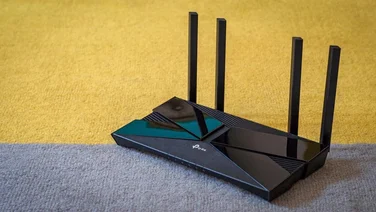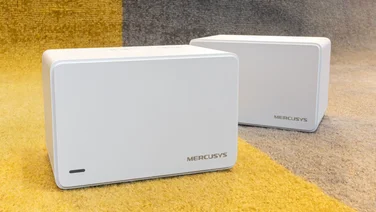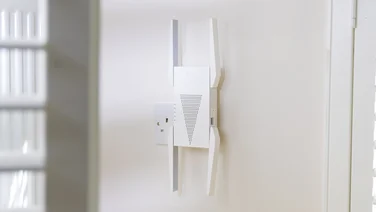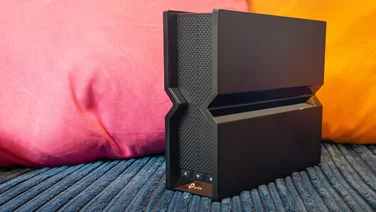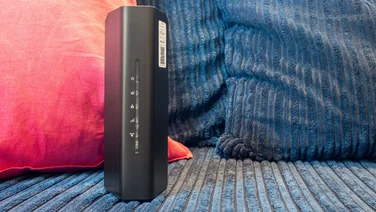To help us provide you with free impartial advice, we may earn a commission if you buy through links on our site. Learn more



This four-disc NAS bears has more in common with your PC than it does with the glorified hard disk enclosures that make up most of the NAS market because of its 2.13GHz third generation Intel Atom processor and 2GB of RAM.

It comes with Acronis True Image and Twonky media server, as well as its own installer, which makes it easy to detect the NAS on your network. Once it has detected the NAS device, you can either open the browser to configure it using the web interface or continue going through the guided setup wizard, which allows you to configure the device’s network address and password. Unlike most setup wizards, it doesn’t take you through the process of formatting the NAS’s installed drives or creating volumes.
You’ll have to do that using the browser interface, which is one of the best around. Once you’ve logged into the admin interface, all you have to do is select the RAID management icon. From this interface, you can create a RAID or JBOD volume using multiple drives. You can also set up one or more as a hot spare. RAID 0, 1, 5, 6 and 10 are all available. We carried out our speed tests in RAID 0 and RAID 1 modes. Once you’ve created your RAID volume, you can create a new directory or add one of several existing folders as a network share. Again, you have to do this using Windows’ own tools rather than the installation disc.

As you’d expect from a unit at this price, the N4800 has more features than your average NAS. It’s solidly built, and has a sturdy metal chassis that reminds us of a Shuttle mini PC. The drives screw into individual caddies that can be removed from and inserted in to the drive bays with ease. The front panel bears a helpful range of status lights that clearly show the activity and condition of the drives in each of the four bays. It also has a mono LCD status display that lets you execute a handful of basic features, such as running a USB copy.
The N4800 has a good complement of I/O ports too. The front panel has two USB3 ports and the rear has two USB2 ports, an eSATA port, two Ethernet ports and, unusually, VGA and HDMI outputs. This means that you can simply plug in a mouse and keyboard and connect the NAS to a screen to control it directly. You can even use it to watch videos or browse the web, but it doesn’t have the wide-ranging format support required to make it a full-time alternative to a media centre PC or media streamer. The NAS even comes with a battery, so you don’t need to connect it to a UPS to protect it from local power failures.

The N4800 has one of the best interfaces we’ve ever seen on a NAS device. When you log in as an administrator, you’re presented with a range of shortcuts to key features, made immediately accessible by large, friendly icons. These include RAID management, file sharing, a number of status monitoring tools and configuration options for iTunes and FTP servers. There are many more options available too, and they can be accessed from a tabbed navigation pane. These include detailed scheduling options that turn the N4800 on and off at designated times, routing functions for the WAN and LAN connections and the ability to configure iSCSI and backup targets.
As is common with high-end NAS devices, you can also install extra applications, including an IP camera control and monitoring interface, but the N4800 doesn’t have as many apps as its rivals, such as the Synology DS212+. The N4800 is blisteringly fast, however, and it averaged of 93MB/s in RAID 0 and 76.1MB/s in RAID 1 pairs during our large file transfer test. The small file transfer test results were also faster than most, giving an average transfer rate of 17.8MB/s when configured as RAID 0 and 15.3MB/s when configured as RAID 1.
This is a brilliantly flexible, powerful and fast NAS, and we loved the ability to connect a monitor and keyboard to access its interface directly. It is very expensive, though, having a £472 price that puts it firmly in the realm of business users and only the most dedicated of media hoarders. The Thecus N4800 deservedly wins an Ultimate award.
